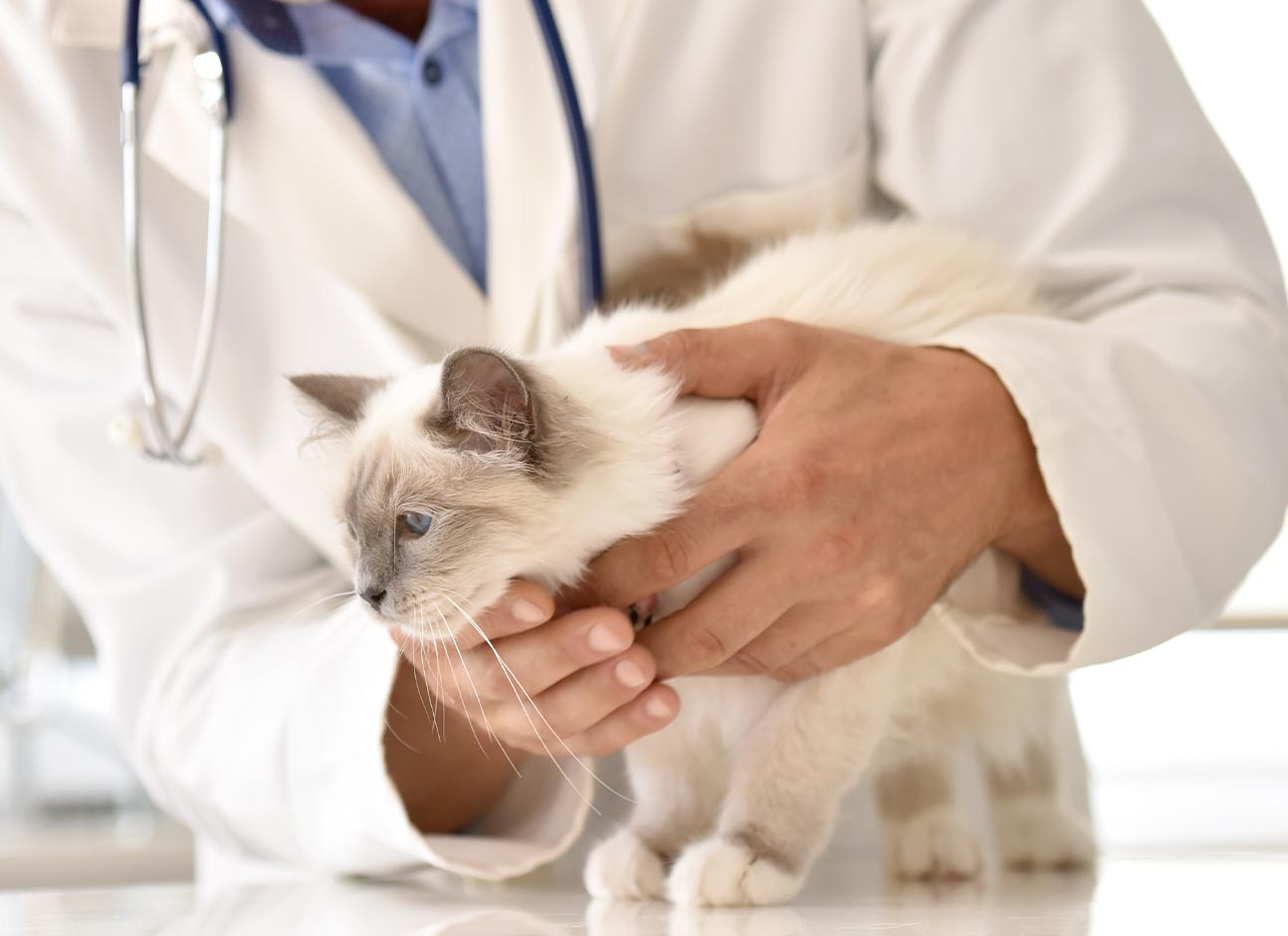If you’re like me, your cat spends as much time as possible in the bathroom. Many people live with their cats! But there are some downsides to having a regular house guest (if you can call them that). For one thing, cats love to use the bathroom as a litter box, and sometimes they take advantage of this by using it as much as possible when others aren’t around.
What causes dandruff in cats?
There are several reasons why your cat may experience dandruff. If a food allergy is a culprit, it’s important to eliminate possible allergens from their diet. If environmental allergies are at play, try keeping your cat indoors more often and adding more ventilation when you let them outside. Stress can also cause hair loss in cats—so make sure you aren’t overworking them or dealing with other stressful situations in their life!
If you suspect that stress is causing dandruff (or any other skin condition), consider consulting a veterinarian to help determine what might be happening and provide treatment options tailored to each case.
What’s the difference between dander and dandruff in cats?
Dandruff describes flaky skin that’s oily and greasy and causes itching. A fungus may cause it, but it’s most likely not contagious to humans.
Dandruff in cats occurs when dead skin cells (dander) flake off their hair follicles and get stuck on your cat’s fur. Dandruff can be difficult to remove because it clings to the cat’s long hair rather than being washed away easily with water or shampooing alone.
Symptoms of dandruff in cats?
• Scaly skin. The most common symptom of dandruff in cats is scaly skin, a buildup of dead skin cells that can cause on the hair shafts and around the base of their nails. This buildup causes itching, redness and discomfort for your cat (and you!).
• Hair loss or deviation from its natural color. When your pet’s fur loses its lustre or becomes discolored due to constant scratching, it may signal an underlying health problem, such as fleas or dry skin flaking off their coats!
What’s a good cat dandruff treatment?
A good cat dandruff treatment is a must-have for anyone who loves their pet. If you have a cat, you know how much they love to play with their fur and how important it is for them to keep themselves clean.
However, if your cat has developed dry skin or flaky flakes on its coat, this could be caused by too much scratching or constant grooming. You may also notice that your feline friend has become more sensitive towards certain textures, such as wool clothing or synthetic fabrics like nylon. This can cause irritation, leading to additional itching caused by bacterial growth within the scratches made by your kitty’s claws during normal playtime activities like playing fetch with toys, etcetera.
How to Prevent Cat Dandruff
• Get a short-haired cat.
• Bathe your cat regularly. You can use shampoo or even a special washing spray, but ensure you keep the area around his eyes and ears clean.
• Clean the litter box daily and change it at least once a day if possible (or more often if necessary). Make sure to scrub down areas where there is more than one kind of waste material—for example; clumps can form in corners without being noticed until they’re not so easy to reach anymore!
• Clean the bedding frequently enough that it doesn’t smell like urine or ammonia; this will prevent bacteria from building up on those surfaces, so they don’t cause problems later on down the road when they’re exposed again (see below).
Conclusion
I hope this post has helped you learn the causes and tips for treating cat dandruff. If your cat is showing dandruff, I recommend you check out a vet before making any changes to its diet or environment.
From allergies to infections, we’ve got your pet’s skin needs covered. Learn about our Dermatology offerings.
